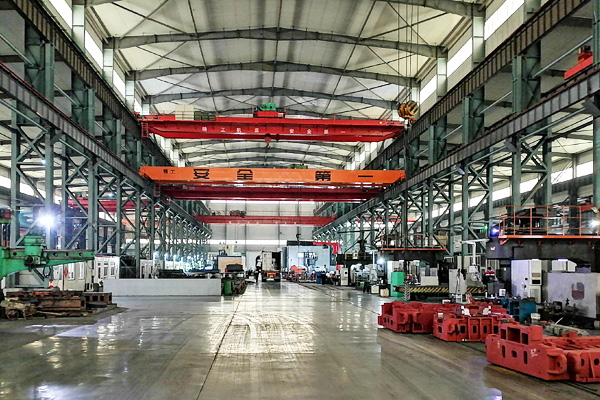Product Details
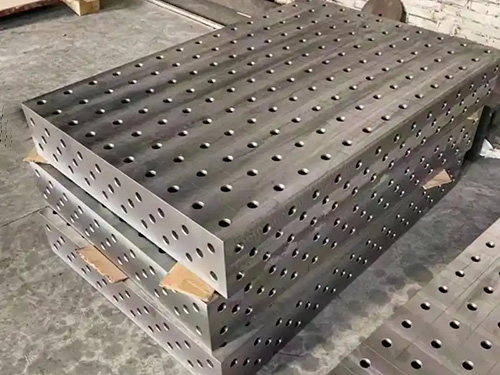






Automotive Welding Table
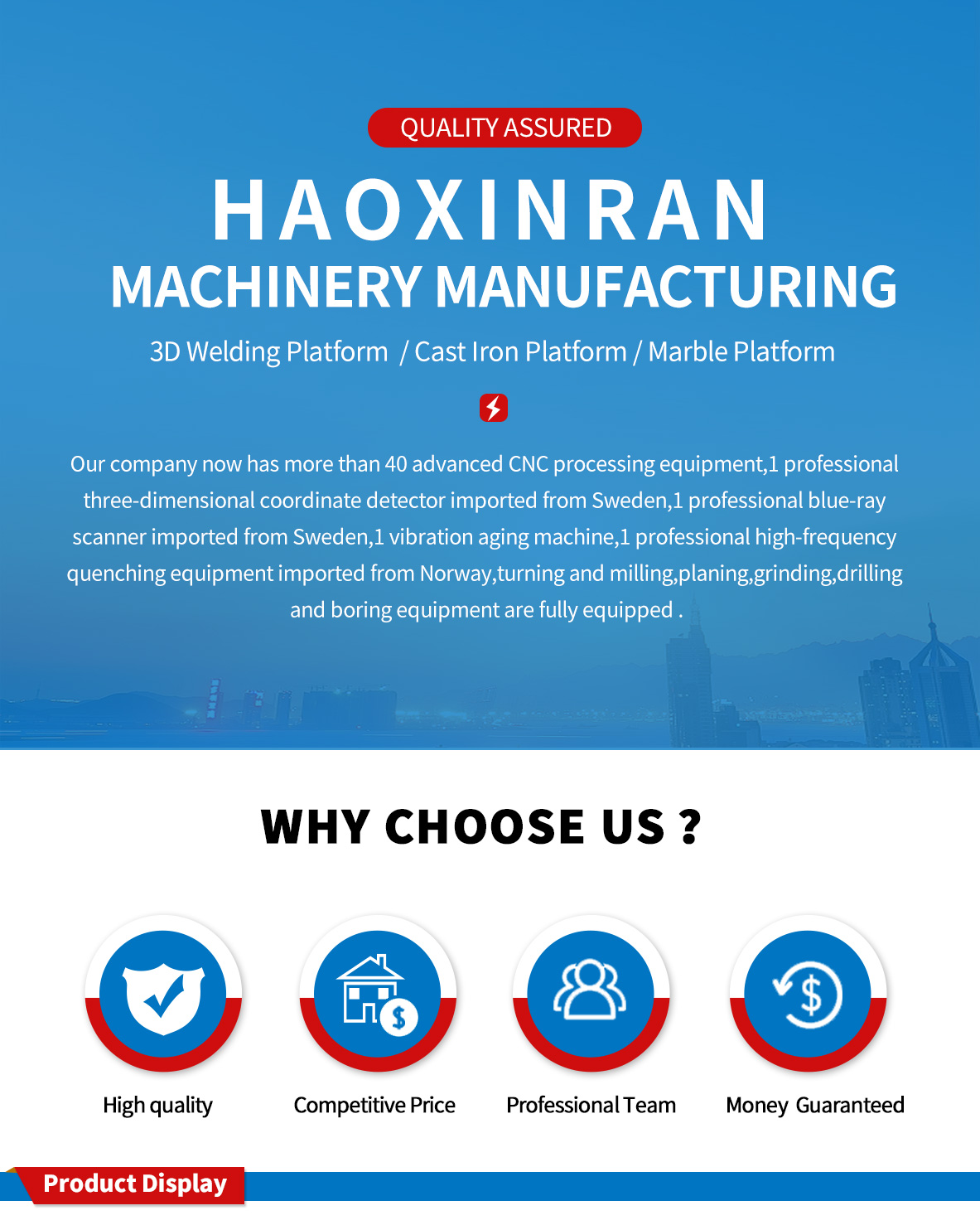
An Automotive Welding Table is a crucial piece of equipment in the automotive manufacturing industry,specifically designed to meet the precise and complex requirements of welding automotive components.Here's a detailed introduction:
1.Key Features
High Precision:Automotive components require extremely accurate welding to ensure proper fit and function.The welding table is engineered with high precision machining,often having flatness tolerances within a very narrow range(e.g.,±0.1mm or even less).This precision helps in maintaining the dimensional accuracy of the welded parts,which is essential for the overall quality of the vehicle.
Customizable Fixtures:To accommodate a wide variety of automotive parts with different shapes and sizes,the table is equipped with customizable fixtures.These fixtures can be adjusted or replaced easily to securely hold the components in the correct position during welding.For example,fixtures for welding car doors,hoods,or chassis parts can be designed and installed according to the specific geometry of each component.
Robust Construction:Given the heavy loads and stresses involved in automotive manufacturing,the welding table is built with a robust structure.It is typically made from high-strength steel or other durable materials to withstand the weight of large automotive parts and the forces generated during the welding process.Reinforced frames and sturdy legs ensure stability and prevent any unwanted movement or vibration that could affect the quality of the welds.
Modular Design:Many automotive welding tables feature a modular design,allowing for easy expansion and reconfiguration.This means that as the manufacturing process evolves or new vehicle models are introduced,the table can be modified by adding or removing modules,making it a flexible and cost-effective solution for automotive production lines.
Integrated Safety Features:Safety is a top priority in automotive manufacturing.The welding table may come with features such as protective barriers to prevent sparks and debris from flying out,as well as sensors to detect any abnormal conditions during the welding process.Additionally,ergonomic design elements are often incorporated to reduce the risk of operator fatigue and injury.
2.Construction and Materials
Materials:
Steel:High-quality carbon steel or alloy steel is commonly used for the frame and structure of the welding table.These steels offer excellent strength and durability,enabling the table to support heavy automotive components.For example,Q345 steel is often chosen for its good mechanical properties and cost-effectiveness.
Aluminum Alloys:In some cases,especially where weight reduction is a priority,aluminum alloys may be used for certain parts of the table,such as the fixture components.Aluminum alloys are lightweight yet strong enough to perform their function effectively.
Surface Coatings:To enhance corrosion resistance and durability,the table surface may be coated with materials such as zinc plating or powder coating.These coatings protect the underlying metal from rust and other forms of corrosion,ensuring the longevity of the table.
Construction:The table is usually assembled using precision welding techniques to ensure the integrity of the structure.The joints are carefully designed and welded to provide maximum strength and stability.The work surface is often machined to a high level of flatness and smoothness to facilitate the placement and movement of automotive parts.
3.Applications
Body-in-White(BIW)Assembly:This is one of the primary applications of automotive welding tables.BIW refers to the welded steel body of a vehicle before painting and the installation of other components.The welding table is used to assemble various body panels,such as the side panels,roof,floor,and doors,ensuring that they are precisely aligned and welded together to form a strong and rigid body structure.
Powertrain Component Welding:Automotive engines and transmissions also require welding for the assembly of their components.The welding table provides a stable platform for welding parts such as engine blocks,cylinder heads,and transmission cases,ensuring the proper fit and function of these critical components.
Chassis and Suspension Welding:The chassis and suspension systems of a vehicle are essential for its performance and safety.Welding tables are used to weld components such as frame rails,crossmembers,and suspension brackets,ensuring that they are correctly positioned and joined to provide a stable and reliable chassis structure.
4.Maintenance and Care
Regular Cleaning:After each welding operation,the table should be cleaned to remove slag,spatter,and other debris.This helps to prevent the accumulation of contaminants that could affect the performance of the table and the quality of future welds.
Inspection of Fixtures:The fixtures on the welding table should be regularly inspected for wear and tear.Loose or damaged fixtures can lead to inaccurate positioning of the components,resulting in poor weld quality.Any issues with the fixtures should be addressed promptly by tightening or replacing them as needed.
Lubrication of Moving Parts:If the table has moving parts,such as adjustable fixtures or sliding mechanisms,they should be lubricated regularly to ensure smooth operation.This helps to reduce friction and wear,prolonging the life of these components.
Structural Inspection:Periodically,the overall structure of the welding table should be inspected for any signs of damage or deformation.This includes checking the frame,legs,and joints for cracks or loose connections.Any structural issues should be repaired immediately to maintain the stability and safety of the table.
performance parameter:| D28 Welding Table Quotation List | |||||||
| specifications ( mm) | leg of a table | weight (kg) | Material model | ||||
| 1000*800*200 | 4 | 240 | 2D D28 SteelSeries |
3D D28 Cast Iron Series |
3D cast ironnitriding series | 3D Steel Series | 3D Steel Nitriding Series |
| 1000*1000*200 | 4 | 280 | |||||
| 1200*800*200 | 4 | 280 | |||||
| 1200*1000*200 | 4 | 330 | |||||
| 1200*1200*200 | 4 | 380 | |||||
| 1500*1000*200 | 4 | 380 | |||||
| 1500*1500*200 | 4 | 600 | |||||
| 2000*1000*200 | 4 | 500 | |||||
| 2000*1500*200 | 4 | 750 | |||||
| 2000*2000*200 | 5 | 1100 | |||||
| 2400*1200*200 | 6 | 750 | |||||
| 2500*1500*200 | 6 | 950 | |||||
| 2500*2000*200 | 8 | 1250 | |||||
| 3000*1000*200 | 6 | 800 | |||||
| 3000*1500*200 | 6 | 1100 | |||||
| 3000*2000*200 | 8 | 1500 | |||||
| 3000*2500*200 | 8 | 2000 | |||||
| 3000*3000*200 | 10 | 2500 | |||||
| 4000*1000*200 | 6 | 1100 | |||||
| 4000*2000*200 | 8 | 2100 | |||||
| 5000*2000*200 | 10 | 2700 | |||||
| 6000*2000*200 | 14 | 3500 | |||||
| D16 Welding Table Quotation List | |||||||
| Material model | |||||||
| specifications ( mm) | leg of a table | weight (kg) | 2D Steel Series | 3D Cast Iron Series | 3D cast ironnitriding series | 3D Steel Series | 3D Steel Nitriding Series |
| 1000*1000*150 | 4 | 200 | |||||
| 1200*1000*150 | 4 | 250 | |||||
| 1500*1000*150 | 4 | 300 | |||||
| 2000*1000*150 | 6 | 400 | |||||
| 2400*1200*150 | 6 | 500 | |||||
| 3000*1500*150 | 6 | 800 | |||||
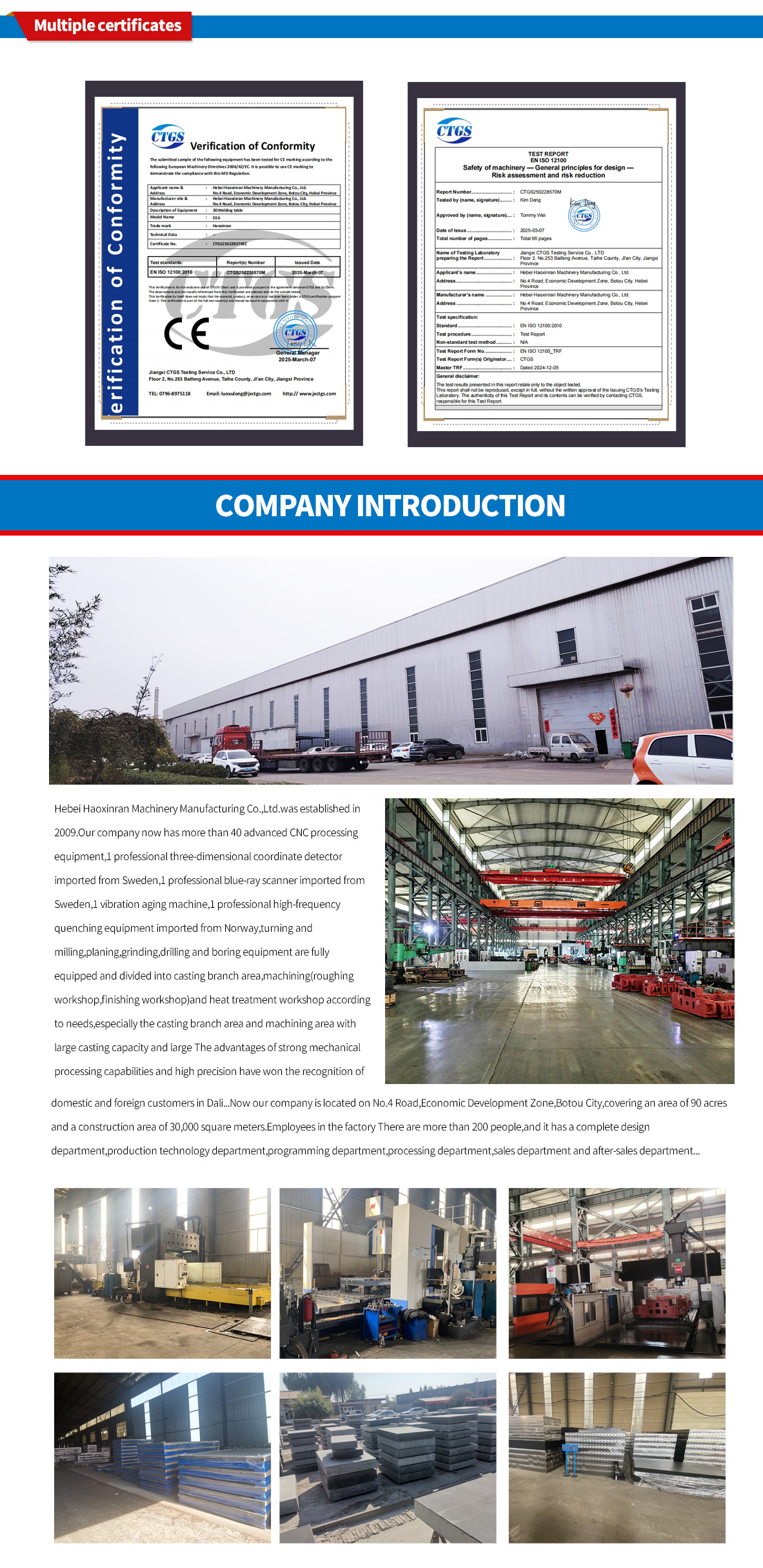
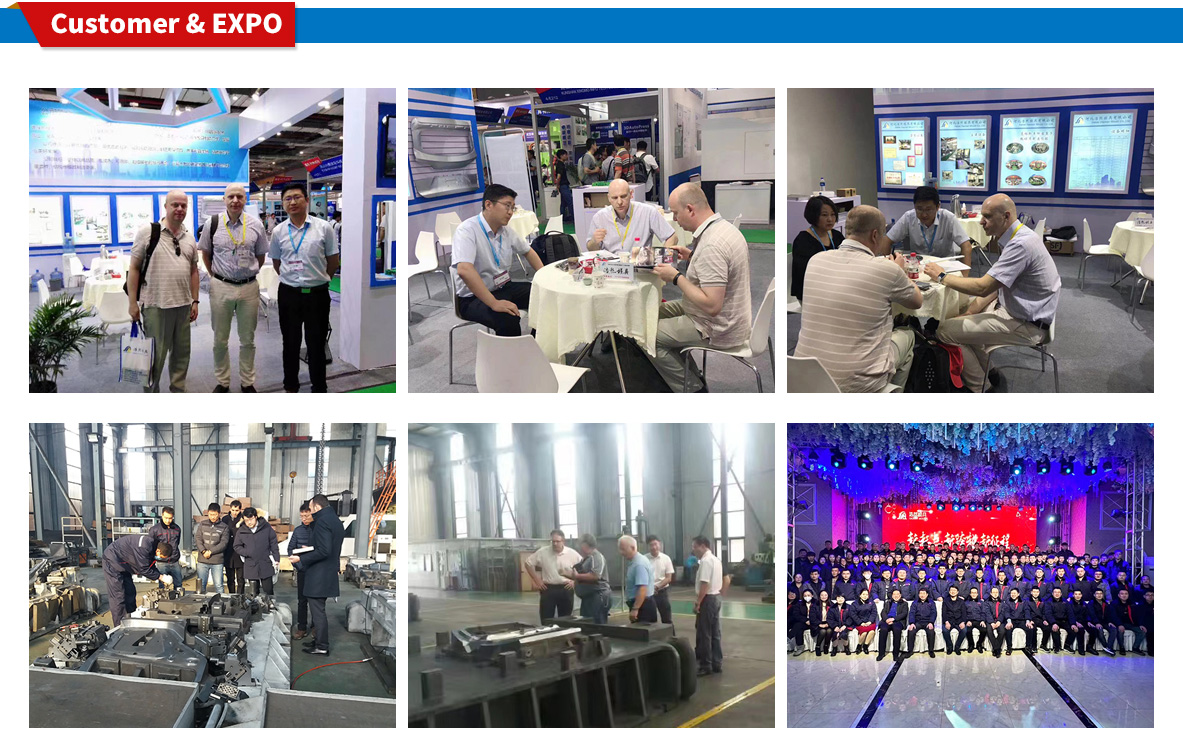
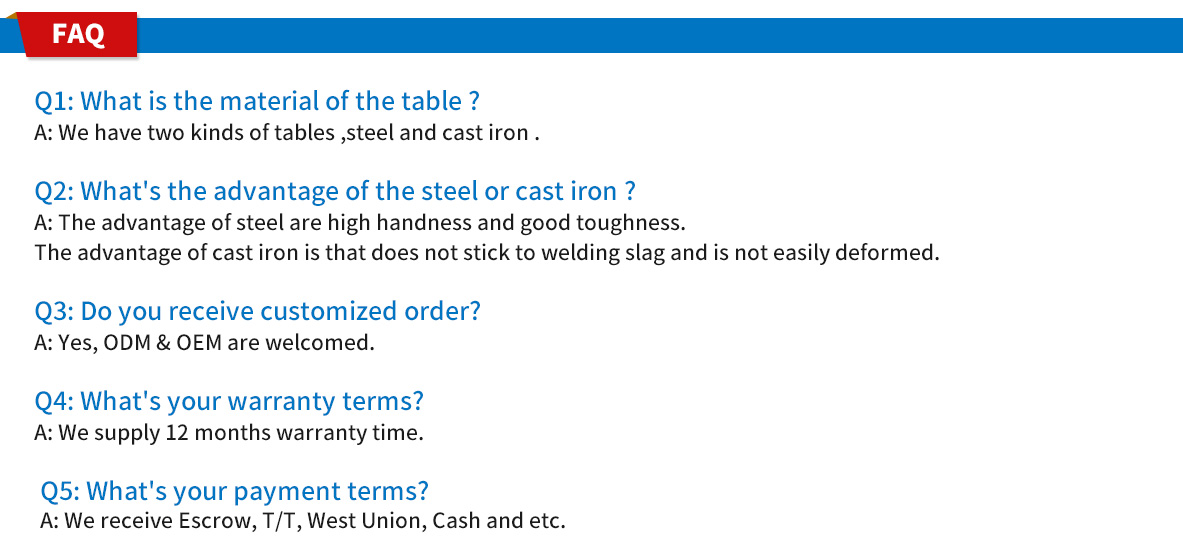
 HOT NEWS
HOT NEWS
-
How to Maintain Granite Platforms in Dusty Environments
2025-11-24 02:03:22
-
Modular Welding Tables: Boosting Accuracy and Efficiency in Fabrication
2025-11-21 12:25:54
-
Comprehensive Guide to Surface Treatment for Cast Iron Platforms
2025-11-18 12:25:34
-
Best Welding Table Options for Small Workshops
2025-11-15 10:33:25
-
Flexible Welding Tooling Solutions from China Manufacturer
2025-11-12 09:40:09
 CONTACT US
CONTACT US
—— E-mail:project@haoranmj.com
—— Whatsapp:+86 18932785670
—— Tel:+86 18932785670
—— Add:Across from Sanjing Distillery on Road 4, Botou Economic Development Zone, Cangzhou City, Hebei Province









